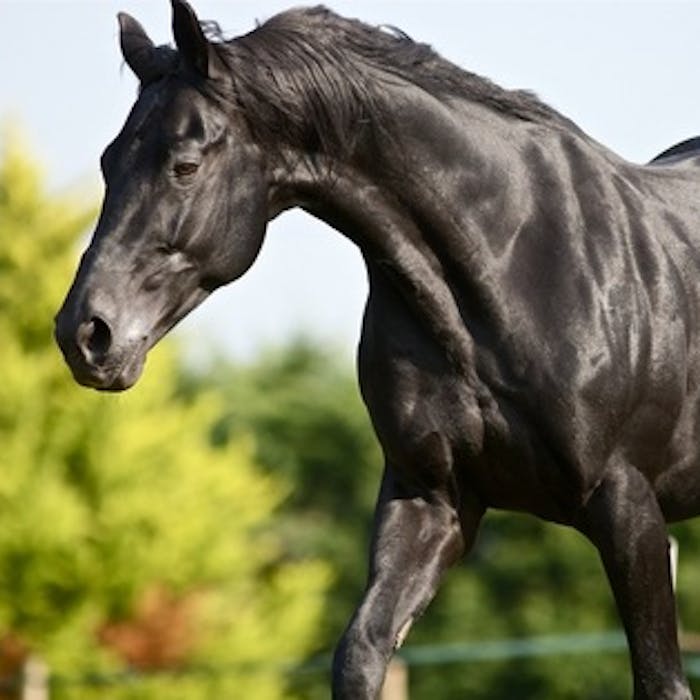
Lloyds' black stallion
The prancing black stallion which is used as the symbol of Lloyds Banking Group must be one of Britain's most famous trademarks, and an icon of our television screens.
Lloyds Bank inherited the famous black horse symbol in 1884. The first recorded use of the black horse sign was in 1677, at Lombard Street in the City of London.
In the 17th Century, there were no street numbers, and so businesses used decorative signs to attract customers. The signs also provided a means of identification in a largely illiterate society.
The black horse sign originally hung above the establishment of goldsmith Humphrey Stokes. By 1728 it was being used by another Lombard Street goldsmith, John Bland. This firm eventually became Barnetts, Hoares & Co and was taken over by Lloyds in 1884.
The Bank's first symbol, the beehive (which represented thrift and industry), continued to be used alongside the black horse until the early 20th century. It still appears on some bank buildings.
The black horse has been used in Lloyds Bank television adverts for many years. The original Lloyds TSB black horse was called Downlands Cancara, a Trakehner stallion. He appeared in a long-running series of adverts, and also made personal appearances representing the bank. He died in 2006 at the age of 31.
Recent horses who have played the role include horses called Dante, Tarantino, Imperator and Holme Grove Prokofiev.
Further reading
Links to external websites are not maintained by Bite Sized Britain. They are provided to give users access to additional information. Bite Sized Britain is not responsible for the content of these external websites.
